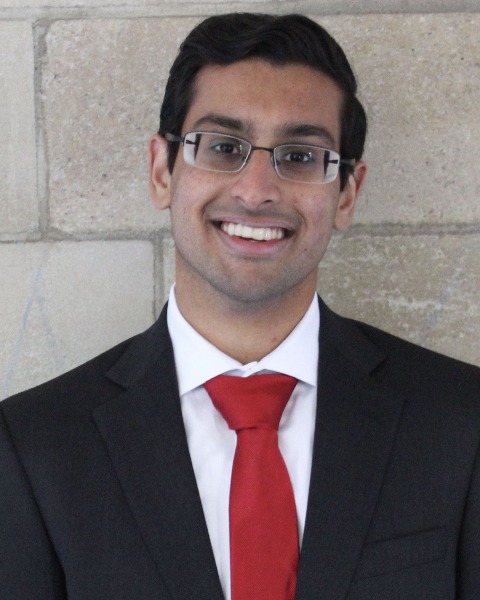Pediatrics
Myelomeningocele versus Myeloschisis: Comparison of Brain Development and Need for CSF Diversion

Sasidhar Karuparti, BA
Medical Student
University of Missouri School of Medicine
Columbia, Missouri, United States
Presenting Author(s)
Introduction: It is not known if hydrocephalus rates and brain development differ between myelomeningocele (MMC–with overlying sac) and myeloschisis (MS–without overlying sac). We compare rates and age of CSF diversion and brain anatomical findings between MMC and MS in prenatal and postnatal MMC repair cohorts.
Methods: We retrospectively identified open spinal dysraphism patients who underwent prenatal or postnatal repair between 2015-2024 at Washington University in St. Louis. Demographic data, first postnatal MRI, and need for permanent CSF diversion were compared by lesion type (MS/MMC).
Results: 98 patients (48% female, 88% Caucasian) were included. There were 14 (14%; 9 prenatal, 5 postnatal repair) MS and 84 (86%; 29 prenatal, 55 postnatal repair) MMC patients with similar lesion levels (p=0.612). After prenatal repair, 6 (66.7%) MS vs 8 (27.6%) MMC patients required CSF diversion (RR=2.17, 95% CI 1.14-5.62). Those with MMC (median 94 days, range 15-154) underwent CSF diversion earlier than those with MS (median 210, range 13-357; Hodges-Lehman ∆114, 95% CI 2-226). Linear regression adjusting for hindbrain herniation revealed no significant effect of lesion type on age at CSF diversion (ßln(age)=1.025, 95% CI -1.542-3.593). In the postnatal cohort, lesion type was not associated with need for CSF diversion. In patients repaired prenatally, there were no significant differences in Chiari II stigmata except for increased hindbrain herniation rates in MS (4, 44.4%) versus MMC (6, 20.7%) patients (∆23.8%, 95% CI -11.9-59.4). In the postnatal repair cohort, fewer MS (3, 60%) than MMC (52%, 94.5%) patients had type II/III tectal beaking (p=0.028).
Conclusion : Patients with MS have an increased need for CSF diversion after prenatal repair compared to MMC. After postnatal repair, there is less severe tectal beaking in those with MS. These findings suggest there may be differences in pathophysiology between lesion types and furthermore may help with counseling patients.
Methods: We retrospectively identified open spinal dysraphism patients who underwent prenatal or postnatal repair between 2015-2024 at Washington University in St. Louis. Demographic data, first postnatal MRI, and need for permanent CSF diversion were compared by lesion type (MS/MMC).
Results: 98 patients (48% female, 88% Caucasian) were included. There were 14 (14%; 9 prenatal, 5 postnatal repair) MS and 84 (86%; 29 prenatal, 55 postnatal repair) MMC patients with similar lesion levels (p=0.612). After prenatal repair, 6 (66.7%) MS vs 8 (27.6%) MMC patients required CSF diversion (RR=2.17, 95% CI 1.14-5.62). Those with MMC (median 94 days, range 15-154) underwent CSF diversion earlier than those with MS (median 210, range 13-357; Hodges-Lehman ∆114, 95% CI 2-226). Linear regression adjusting for hindbrain herniation revealed no significant effect of lesion type on age at CSF diversion (ßln(age)=1.025, 95% CI -1.542-3.593). In the postnatal cohort, lesion type was not associated with need for CSF diversion. In patients repaired prenatally, there were no significant differences in Chiari II stigmata except for increased hindbrain herniation rates in MS (4, 44.4%) versus MMC (6, 20.7%) patients (∆23.8%, 95% CI -11.9-59.4). In the postnatal repair cohort, fewer MS (3, 60%) than MMC (52%, 94.5%) patients had type II/III tectal beaking (p=0.028).
Conclusion : Patients with MS have an increased need for CSF diversion after prenatal repair compared to MMC. After postnatal repair, there is less severe tectal beaking in those with MS. These findings suggest there may be differences in pathophysiology between lesion types and furthermore may help with counseling patients.

.jpg)